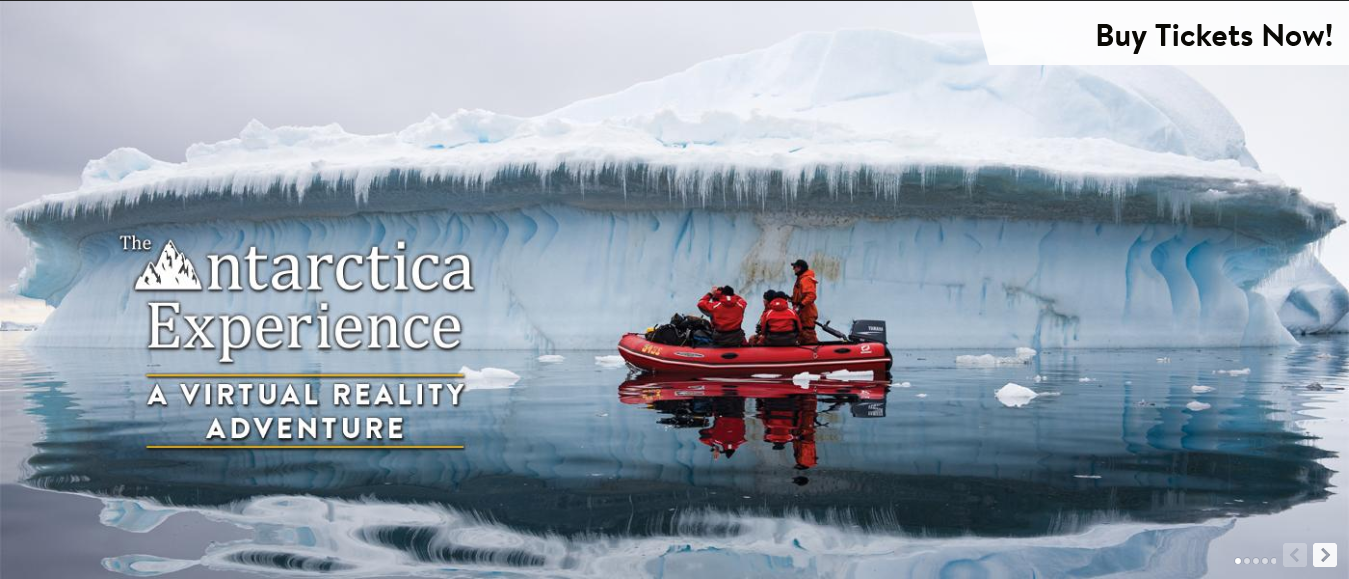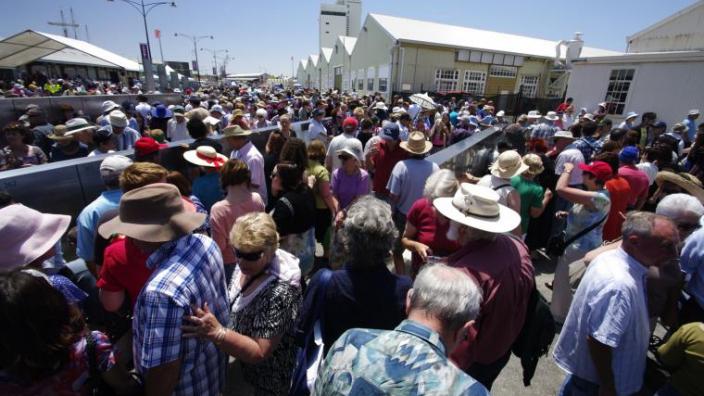
15714
(08) 9212 3861
"1001"
Perth Museums & Collections Directorate Locked Bag 49, WELSHPOOL DC WA 872
The Western Australian Museum has been collecting and performing research on the State's natural and cultural heritage for over 120 years. Collections and research at the Western Australian Museum are centred on Earth and Planetary Sciences, Zoology, Anthropology, Archaeology and History.
Description:
Background & Mission
The Western Australian Museum’s long and fascinating history reflects and documents the State’s rich and diverse natural and cultural heritage.
Established in 1891 in the old Perth gaol, it was known as the Geological Museum and its collections were geological, ethnological and biological. In 1897 it officially became the Western Australian Museum and Art Gallery.
During 1959 the botanical collection was transferred to the new Herbarium and the Museum and the Art Gallery became separate institutions. The Museum focused its collecting and research interests in the areas of natural sciences, anthropology, archaeology and the State’s history. Over the 1960s and 1970s it also began to work in the emerging areas of historic shipwrecks and Aboriginal site management.

Today the Western Australian Museum comprises six public sites and a collection and research centre and houses more than 8 million objects from rare fossils to the iconic racing yacht Australia II.
The Museum also manages 200 shipwreck sites of the 1500 known to be located off the WA coast and manages eight Aboriginal land reserves.
Our mission
The WA Museum's mission is to inspire and challenge people people to explore and share their identity, culture, environment and sense of place, and to experience and contribute to the diversity and creativity of our world.
Our vision
To be an excellent and vibrant Museum service, valued and used by all Western Australians and admired and visited by the world.
Our values
We are dedicated to community value which means that we will be:
- Accountable
We exist for the benefit of all the people of Western Australia, including those in the regions, and recognise that we operate with integrity, hold ourselves accountable to them and are custodians of their collections. - Inspirational, Inclusive and Accessible
We will inspire people to explore our world and will advance knowledge through study, research and life-long learning; making sure that our facilities, programs and resources are accessible to all. To ensure our relevance in a fast-changing world we program for and with a diversity of cultures, stories and ideas. - Enterprising and Excellent
We will be creative, resourceful, imaginative, innovative, agile and entrepreneurial; we will be commercially astute, embrace change and aspire to excellence in all that we do. - Sustainable
We will be socially, environmentally, economically and ethically sustainable and will work in partnership with others to maximise public benefit and value for money. - We recognise Aboriginal and Torres Strait Islander peoples as the first peoples of Australia
We acknowledge the primary rights of Aboriginal and Torres Strait Islander peoples in their cultural heritage and will work collaboratively to advance understanding between all peoples
Establishment
The Western Australian Museum is a statutory authority within the Department of Local Government, Sport and Cultural Industries Portfolio, established under the Museum Act 1969. It is a Body Corporate with Perpetual Succession and Common Seal, governed by a Board of seven Trustees, including the Chair and Vice-Chair who are appointed by the Governor of Western Australia.
The Director General of the Department of Local Government, Sport and Cultural Industries, or his or her nominee, is a Trustee ex officio. Appointments are made for up to four years and incumbents are eligible for reappointment.
Under section 36 of the Museum Act, the Trustees have established the following branches of the Western Australian Museum:
- Museum of the Great Southern
- Museum of Geraldton
- Museum of the Goldfields
- WA Maritime Museum
- Western Australian Museum - Perth
- WA Shipwrecks Museum
